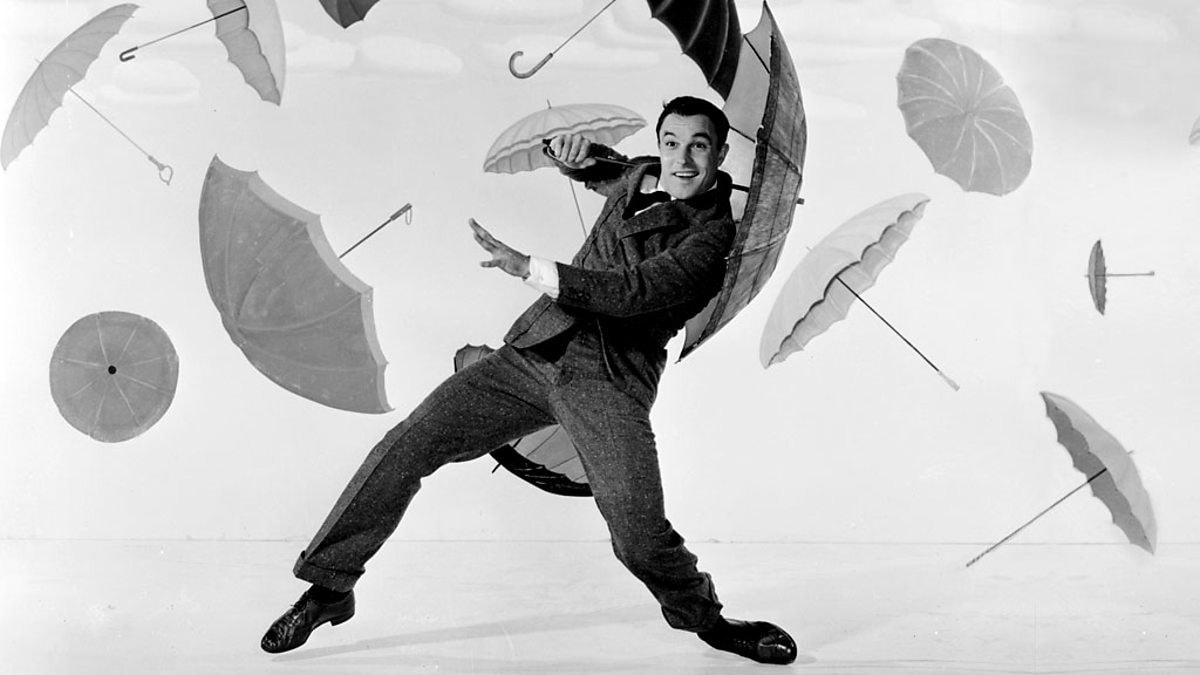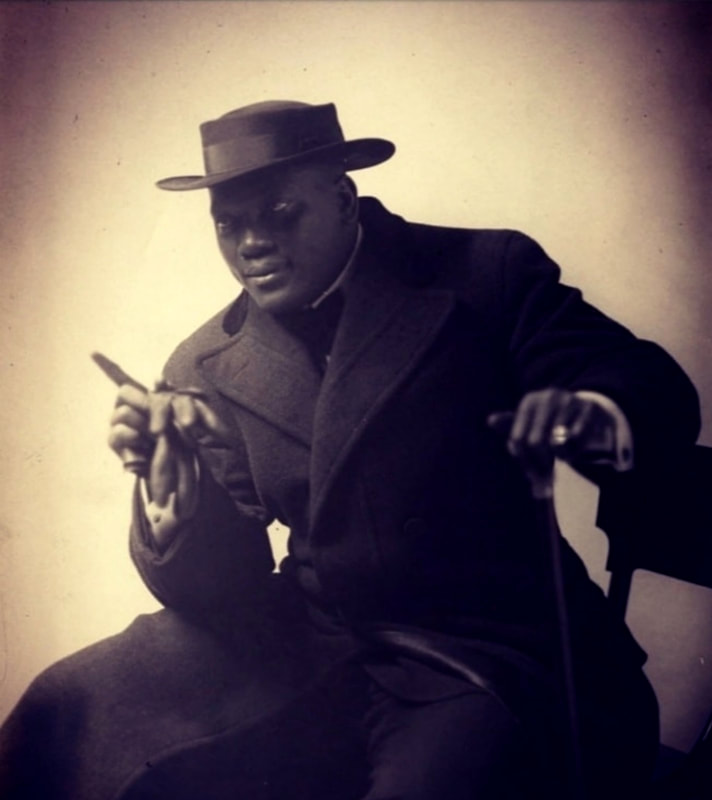- Home
- News
- Blog
- Video Trailer
- Screenplay
- Jitterbug! Songwriting Team & Creative Directors
- Music
- The Story
- The Dramaturgy Behind The Story
- Jitterbug Dance Origins
- Get Your Choreography Right Here!
- Map of historic locations in play
- Playwright
- The Director
- The Choreographer
- Jitterbug! NYC Pixs
- Emerging Artists Theatre (EAT)
- Tada! Youth Theatre
- National Black Theatre
- The National Black Theatre Cast
- Follow-up to the NBT radio reading
- Books
- Educator Resources
- Royalties
- Everything Jitterbug! Store
- Gallery
- Contact
|
Dance Spirit magazine compiles a LIST of some of cinema's greatest dance scenes. Worth a watch.
1 Comment
Unique Camel Walk/Moon Walk choreography for use in the climatic dance scene where our hero and heroine Billy and Tharbis mirror each others movements by dropping the kind of stuff that would make a jaded Savoy Ballroom audience stand-up and shout!
Jack Johnson was the first African-American World Heavyweight Boxing Champion (1908-1915). In 1920, he opened a supper club called Club Deluxe in the heart of Harlem at 142nd Street and Lenox Avenue. In 1923, gangster and bootlegger Owney Madden "offered Johnson a deal he couldn't refuse" and the Cotton Club was born.
Thanks to polymath Marshall Davis, Jr, tap dance is alive and well in the 305 and beyond! He is tap dancing's "Grand Philosopher" and his "Revelations in Rhythm" is really a tour de force. Trust me, you've probably never seen anything like this. With Savion Glover, this is well worth a watch and a listen-- to learn something about life and yourself.
Every performing art has its parameters in time and space. What you do within those parameters is challenging, limited only by your imagination and the laws of physics. So, when you see dancers like Zack Richard and Maryse Lebeau exploring the 100-year-old space of the Jitterbug and Lindy by creating moves you've never seen before, well, the old tried and true takes on an air of excitement as they dance in the 2009 International Lindy Hop Championships in Washington, DC. Worth a watch.
Surprisingly, there's a whole lotta tap dancing going on in Jitterbug! One of its pivotal scenes has the dancical's protagonist Billy Rhythm taking on Bill "Bojangles" Robinson when the Mayor challenges him to "trade fours" in the legendary Hoofer's Club, a small back room in a Harlem speakeasy. That janitor's closet-- for the most part (it was just big enough for an old battered upright piano, a bench and enough floor space for two dancers)-- has been called the "unacknowledged headquarters of American tap dancing from the 1920's through the 1940's." Tap even shows up in the climatic dance contest at the Savoy Ballroom when Billy and his girlfriend Tharbis Jefferson put it to use in the Jitterbug breakaway to beat their competition.
So it's quite fitting to release the "Jitterbug!" Kindle Edition today on both Bojangles' birthday and National Tap Dance Day. With teaching in mind, it is formatted for smartphones so students can use their phones at their desks or remotely from home through online learning. Performing assigned roles via Zoom or similar platforms is encouraged. Annotated for historical context and period slang, the Kindle edition supports Endnotes where one click on a number next to a word in the script brings up a definition or supportive historicaL context pages from the Endnotes section at the back. If read online, it affords the reader/actor the option of listening to the music used in the script while reading or performing by clicking the music link to the Jitterbug! website. The Kindle edition also contains a map of Harlem circa 1931 of the actual places where the story takes place. Pictures of historical characters portrayed in the story can be found on the last page. Finally, free Educator Manuals and Student Questionnaires (pdf files) based on National Core Arts/Common Core Standards for DANCE, THEATRE, MUSIC (Composition and Ensemble strands), LITERATURE, and HISTORY/SOCIAL STUDIES are available for download at the "Educator Resources" page on the Jitterbug! website. If read online, readers can click Internet links in the pdf files to multimedia targets that will enhance their learning experience. Synchned duo steps from Les Twins. So cool...
At the jitterbug break in the climatic dance contest at the Savoy Ballroom, we encourage choreographers to reach into the future for steps never seen before on that legendary 1931 dance floor; dancing that will blow the minds of that jaded crowd and win the dance contest for our protagonists, Billy Rhythm and Tharbis Jefferson. Having survived the elimination process that began over an hour before with the whittling away of hundreds of dancers, Billy and Tharbis reach the climactic showdown between them and legendary dancers George "Shorty" Snowden and Big Bea. Members of the equally legendary Harlem gang The Jolly Fellows, its members have inserted themselves into the surging crowd surrounding the dancers. The gang won't stop at anything to see their own win-- including slicing Billy and Tharbis with knives and razors as they dance pass them. As the Gershwin's Liza (played by the Chick Webb Orchestra) segues into the magical and climatic ending of Duke Ellington's Harlem, why not have Tharbis, now bleeding profusely, spin out of the break-- throwing blood across the floor and the faces of the surging crowd-- stop, rise on her toes and, like an angel rising above the chaos of the dance floor, drop sand from her hands so she and Billy can dance in it; maybe in a mirrored soft shoe or tap routine; maybe something involving knee drops and slides that segue into dramatic modern dance where they roll in the sand, gather it up and let it fall over their supine, bloody bodies? You can imagine this scene with the music below, starting at around 13:52. It opens with Ellington explaining how he wrote the symphonic piece as a tour of the great city, beginning at the southern end (110th St) and traveling up to 145th, sampling the city's life, sounds, and music. |
DC CopelandMulti-hyphenate with a penchant for writing. Archives
July 2023
Categories |





 RSS Feed
RSS Feed
